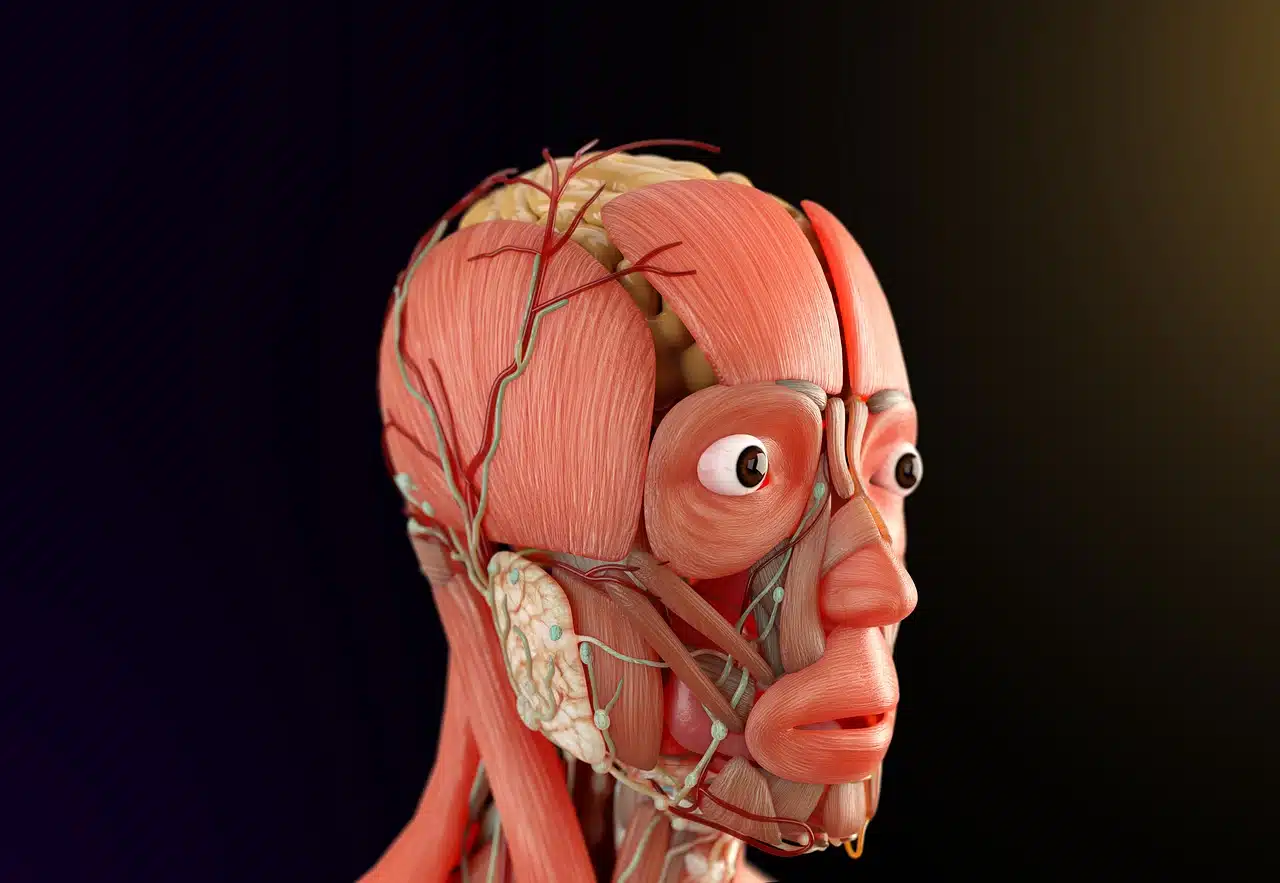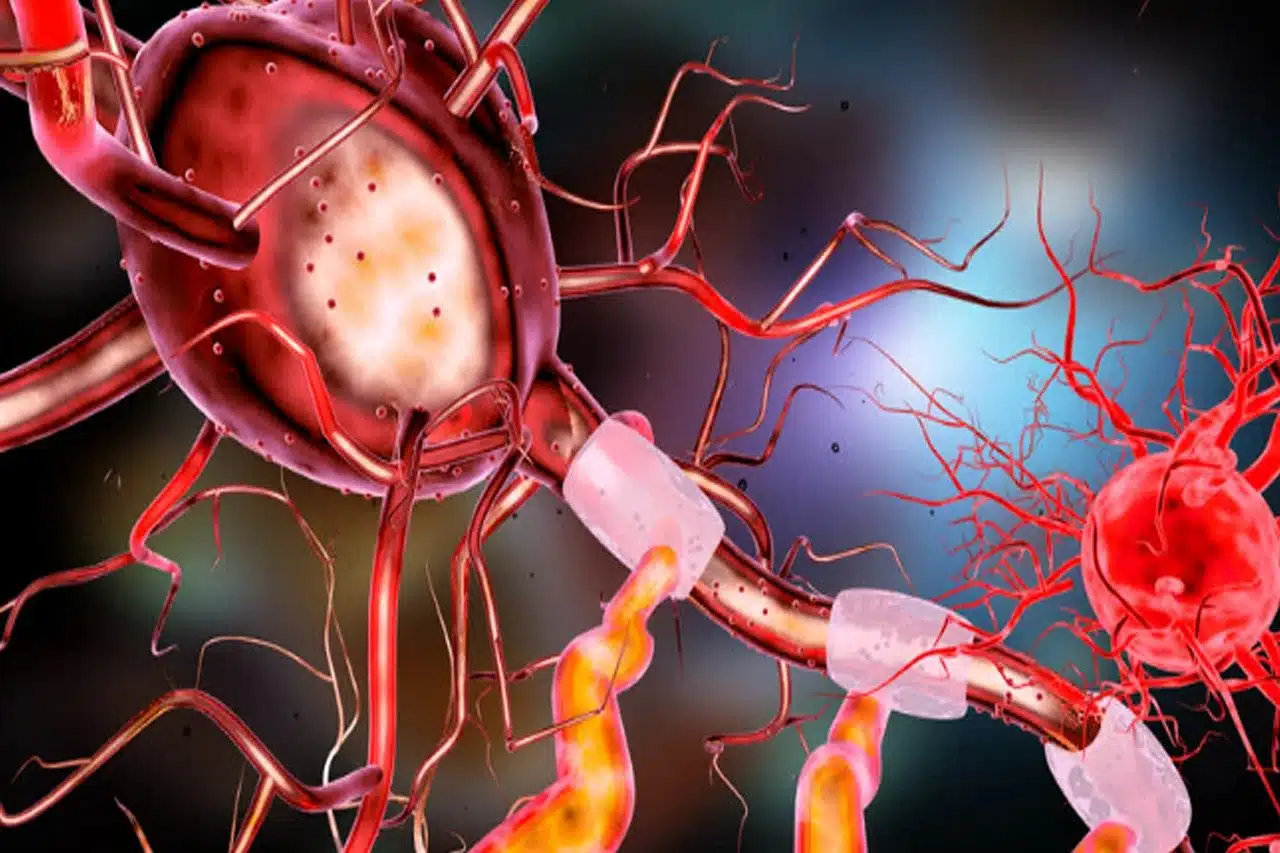
The central nervous system includes the spinal cord and the brain.
The central nervous system is the area of the nervous system that includes the spinal cord and the brain. According to medicine, the concept of nervous system refers to the network of tissues that is responsible for capturing and processing stimuli so that the body can carry out an effective interaction with the environment . This means that the nervous system has a sensitive role (for receiving both internal and external stimuli), an integrative function (for analyzing the signals captured, storing information and formulating a reaction) and a motor function (muscle movement or glandular secretion). in response to stimuli ).
In addition to the central nervous system, the peripheral nervous system can be recognized (where the cranial nerves and spinal nerves are located).
With respect to the brain we have to establish that it is divided into three clearly differentiated parts: the prosencephalon or forebrain ; the midbrain , which is also called the midbrain ; and finally the hindbrain , which is also known as the hindbrain .
Characteristics of the central nervous system
The central nervous system (also identified by the acronym CNS ) is protected by membranes known as meninges and by bony structures (the skull protects the brain, while the spinal column covers the spinal cord). The cells that make up the CNS, on the other hand, are grouped into the so-called gray matter (that is, the neuronal bodies) and the white matter (the nerve extensions known as dendrites and axons).
What the CNS does is receive and process the stimuli collected by the different senses and transmit the responses . The specialization of its cells means that the regeneration of the CNS in the event of an illness or accident is almost nil.

The central nervous system processes the stimuli captured by the senses.
Most common conditions
In addition to all the above, we cannot ignore the fact that the central nervous system can be affected by a series of infections that reach it through the peripheral system, the blood, a local infection or a germ that penetrates. following trauma of various types.
There are several conditions by which this system can be affected and among them meningitis stands out, which, as its name indicates, is an inflammation of the meninges. It can be aseptic or pyogenic.
However, there are other equally significant infections, such as the so-called encephalitis . An inflammatory process is one that can bring about neuronal death in the person who suffers from it.
And all this without forgetting cerebritis , which is a focal inflammation of the brain and whose main symptoms are necrosis or swelling of certain areas.
Alzheimer's disease (the leading cause of dementia), multiple sclerosis , and Parkinson's disease are some of the disorders that affect the capabilities of the CNS. These problems are grouped under the name of neurodegenerative diseases, which involve a process of cell death and a reduction in the number of neurons.
Three serious pathologies to which we should add the one also known as Huntington's disease , which is defined as a disorder both in terms of movement and also in the patient's dementia.
